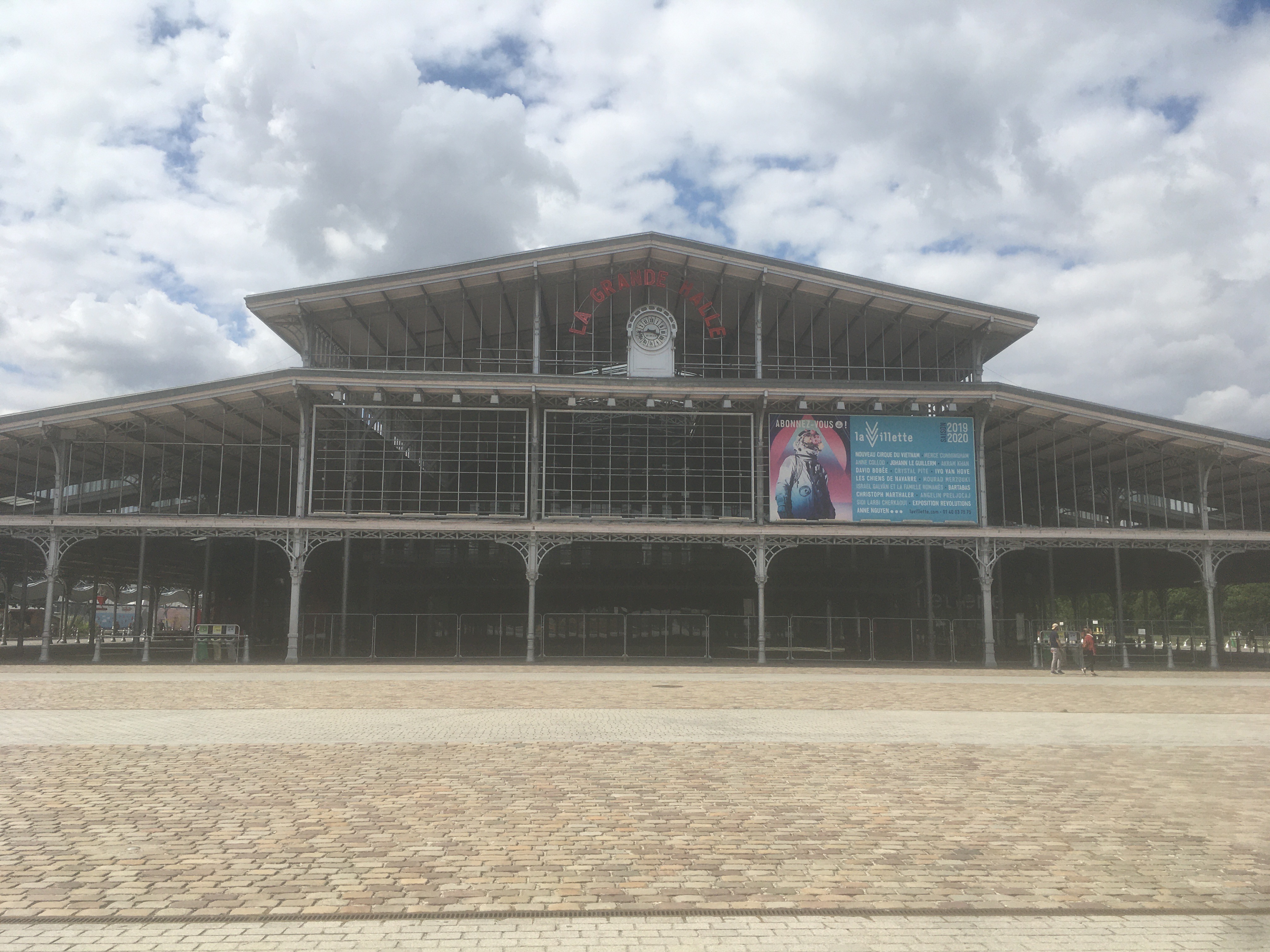
Uploaded on 2020-06-07 by Laura
The Grand Hall at the Parc de la Villette in Paris, France. Two examples of how the invisible becomes visible with this building are: 1) The flow of people in and out of this exhibition hall can be measured to determine numerous data points about how the public uses this public space. 2) The building itself is a refurbished slaughterhouse, and therefore there are numerous data points to be gleaned on how to transform industrial buildings into cultural spaces. For point number one, studying the flow of people in and out of the space can be transformed into knowledge about whether or not the space is fulfilling its mandate as a cultural space. What capacities are being reached in terms of people visiting the exhibits chosen for the space? By measuring the in and out time of tickets, you can determine the interest people have in the exhibitions once they have purchased a ticket and are inside. The Grand Hall was refurbished to bring culture to a historically impoverished neighbourhood, so accurately tracking its usage can determine whether or not it is achieving this goal, and if not, where it can improve.